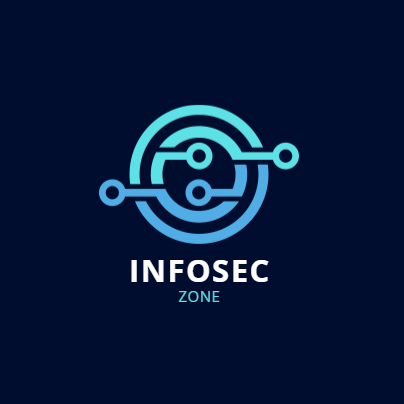Understanding IT Asset Discovery Tools: How They Work and Their Importance in Managing IT Infrastructures
IT asset discovery tools are essential for managing large-scale IT infrastructures. These tools allow IT teams to efficiently track and monitor all of their hardware and software assets, helping to identify vulnerabilities and maintain optimal system performance.
In this article, we will explore the workings of IT asset discovery tools, including the different types of tools available and how they function.

What is IT asset discovery?
IT asset discovery is the process of identifying and documenting all of the hardware and software assets in an organization’s IT infrastructure. This includes servers, desktops, laptops, mobile devices, network devices, and software applications. By keeping track of all assets, IT teams can ensure that they are secure, up-to-date, and performing optimally.
The process of IT asset discovery can be time-consuming and challenging, especially in large organizations with many assets spread across different locations. IT asset discovery tools can automate this process, making it easier for IT teams to track and monitor all of their assets.
How do IT asset discovery tools work?
IT asset discovery tools use various techniques to identify and document hardware and software assets. Some of the common methods used by these tools include:
Network scanning: IT asset discovery tools use network scanning techniques to identify all the devices connected to an organization’s network. These tools can scan for IP addresses, open ports, and other network information to determine the devices’ type, manufacturer, and model.
Agent-based discovery: Some IT asset discovery tools use agents installed on each device to collect information about the hardware and software installed on the device. These agents can collect information such as operating systems, applications installed, and device configuration.
SNMP discovery: SNMP (Simple Network Management Protocol) is a network protocol used to manage and monitor network devices. IT asset discovery tools can use SNMP to identify network devices and gather information about their configuration and status.
Application discovery: IT asset discovery tools can scan an organization’s network for installed applications and determine the version and patch level of each application. This information is critical for ensuring that software is up-to-date and secure.
Once the IT asset discovery tool has identified all of an organization’s assets, it can create an inventory database to track each asset’s configuration, location, and status. This information can be used to manage and monitor the IT infrastructure, including identifying vulnerabilities and updating software.
Types of IT asset discovery tools
There are two main types of IT asset discovery tools: agent-based and agentless.
Agent-based IT asset discovery tools require agents to be installed on each device to collect information about the device’s hardware and software. These tools can provide more detailed information about each asset, including hardware specifications and installed applications. However, the installation and management of agents can be time-consuming and may not be suitable for all organizations.
Agentless IT asset discovery tools do not require agents to be installed on each device. Instead, these tools use network scanning techniques, SNMP, or other methods to identify devices and collect information about their configuration and status. Agentless tools are generally easier to deploy and manage but may not provide as much detailed information about each asset.
Conclusion: IT asset discovery tools are essential for managing large-scale IT infrastructures. These tools use various techniques, including network scanning, agent-based discovery, SNMP discovery, and application discovery, to identify and document all of an organization’s hardware and software assets. IT asset discovery tools can create an inventory database to track each asset’s configuration, location, and status, helping to identify vulnerabilities and maintain optimal system performance. There are two main types of IT asset discovery tools: agent-based and agentless. Organizations must select the tool that best meets their needs and resources.




